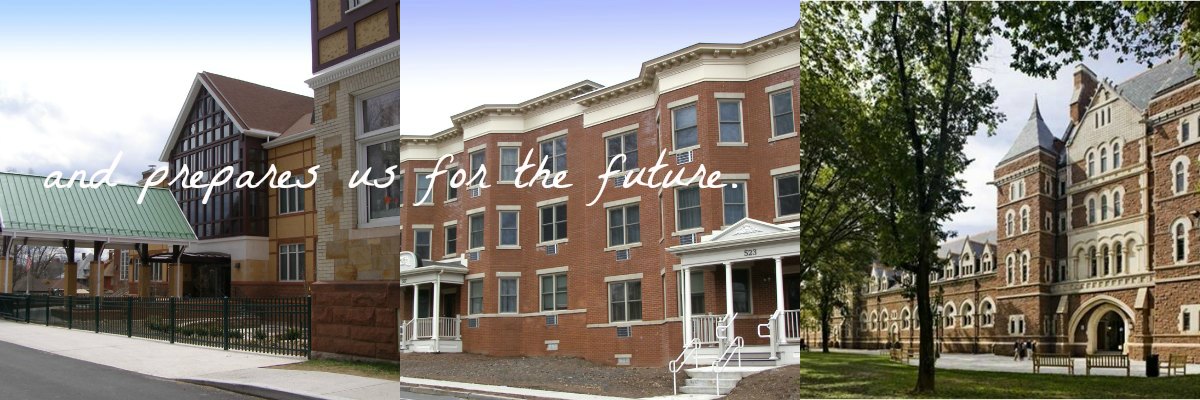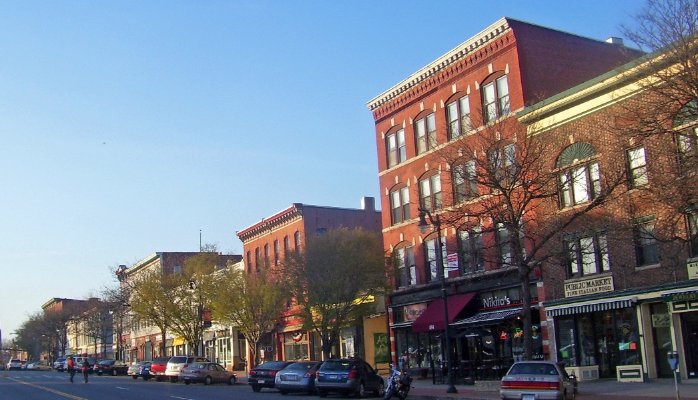This week we welcome guest blogger Jonathan Cabral. Mr. Cabral is a Multifamily Operations Officer at the Connecticut Housing Finance Authority and is a Director on Hartford Preservation Alliance’s Board .
For many of us who have lived in Connecticut most of our lives, we often take for granted some of the most charming aspects of New England. In a time where development, particularly economic development, is about going big (did someone say Go Goats!) we overlook the importance of smaller developments. Many of our downtowns are made up of small mixed-use buildings with warm brick façades and unique architectural design left behind by our New England forefathers. In some of our oldest commercial corridors, you will find small multifamily buildings that were built in the late 19th and early 20th centuries. These buildings generally have less than 20 housing units but are larger than a three or four family home, and were designed to be practical, aesthetically pleasing, and long lasting. Small multifamily and mixed-use buildings can provide the type of housing density and affordability that is oftentimes lacking in many of our communities. It is also the type of development that can be conducive to creating more walkable neighborhoods.
Small properties make up a sizable portion of our current housing stock. Nearly 10% of Connecticut’s total housing units are found in structures with 5–19 units. When you calculate small properties as a proportion to just multifamily structures (2 or more units), over 26% of Connecticut’s multifamily housing units are found in structures with 5–19 units. [1] Most of this housing is located in our urban centers, like Hartford, New Haven, Waterbury, Bridgeport, Norwalk, and Stamford. In addition, small multifamily buildings contribute significantly to the economy. According to the Joint Center of Housing Studies of Harvard University, a quarter of the nation’s affordable housing stock is in multifamily properties with 5–19 units. Typically owned by individuals who often perform their own administrative and maintenance functions, these properties are not only an asset to their owners but are their livelihood.
The unfortunate reality is that these properties do not have easily accessible capital that many larger properties have. Older small properties have become neglected over time and many require significant funds to rehabilitate, while small infill developments can often require as much time and effort as larger deals to put together. Small property development requires entrepreneurial thinking by both owners/developers and lending institutions for them to work.
Over the years CHFA has worked to try and come up with the right funding and formula to make small multifamily projects financeable through its relationships with the Community Development Financial Institutions (CDFIs). For example, in 2014 CHFA launched its Small Multifamily CDFI Loan Pool which provides participating CDFIs a funding source to offer short- and long-term financing to properties with 3 to 20 units. Since its inception, the loan pool has helped finance 27 once blighted or vacant properties, resulting in 100 units of housing. It is this small development “incremental” approach that can result in the development of more affordable rental housing in smaller communities, and help revitalize weak real-estate markets that have limited growth but significant need.
[1] – 2010 – 2014 American Community Survey 5-Year EstimatesThis article first appeared in the Connecticut Housing Finance Authority’s newsletter.
[jetpack_subscription_form]






